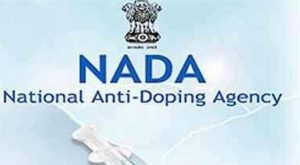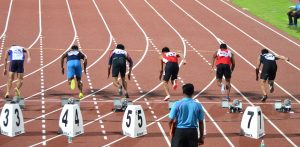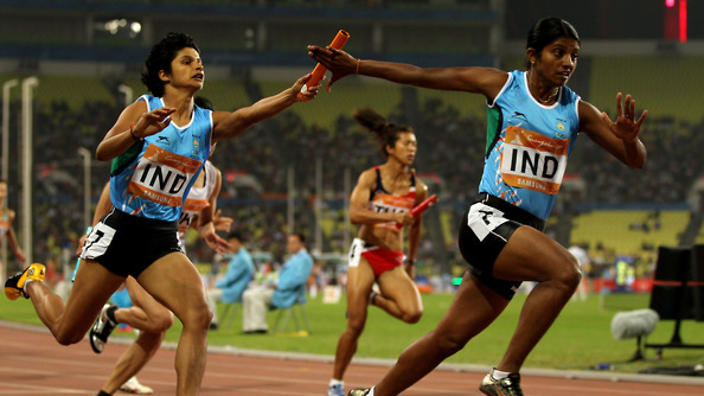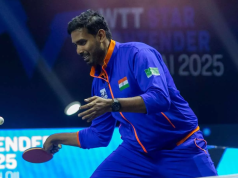Finally it is time for India to implement the Athletes Biological Passport (ABP) as the National Anti Doping Agency (NADA) has decided to launch the programme in December 2017. The decision has come at a time when India is accused as one of the leading dope offenders in the world. The ABPs is to be introduced for elite sportspersons, who represent the country at major international events.
 In December 2009, the World Anti Doping Agency (WADA) approved the ABP operating guidelines to curb the growing menace of substance abuse by top athletes. The basic principle of the programme is to monitor biological variables over time, as it indirectly reveals the effects of doping on individual athletes.
In December 2009, the World Anti Doping Agency (WADA) approved the ABP operating guidelines to curb the growing menace of substance abuse by top athletes. The basic principle of the programme is to monitor biological variables over time, as it indirectly reveals the effects of doping on individual athletes.
WADA in its Adverse Analytical Findings report for 2015 has ranked India third with 117 doping violations just behind just Russia and Italy. Still the ABP programme kept getting postponed for varied reasons. But now NADA is ready to accept the challenge of ABP. The organisation has signed a Memorandum of Understanding (MoU) with Japan’s ‘Athletes Passport Management Unit’ (APMU) to help prepare them the ABPs.
ABP is an ‘indirect detection method’ that involves measuring and monitoring of biological parameters of individual athletes. Abnormal variation in blood profile could indicate doping. There are two methods –one is haematological, which aims at detecting substances in blood and the other is steroid module, which diagnoses anabolic steroids in urine samples.
The primary focus of the programme will be on track and field athletes, but disciplines where doping is a big concern, are also expected to come under the ABP. Nada has already prepared a comprehensive database of 45 elite athletes after profiling their hematological variables. “We are already processing their samples for the introduction of ABPs. This is an important step to improve the country’s image globally,” Nada director general Navin Agarwal said in an interview.
The first batch of ABPs would be ready by February-March 2018. Once these ABPs are ready, it would become almost impossible for athletes to use performance-enhancing drugs since any such activity would lead to early detection.




